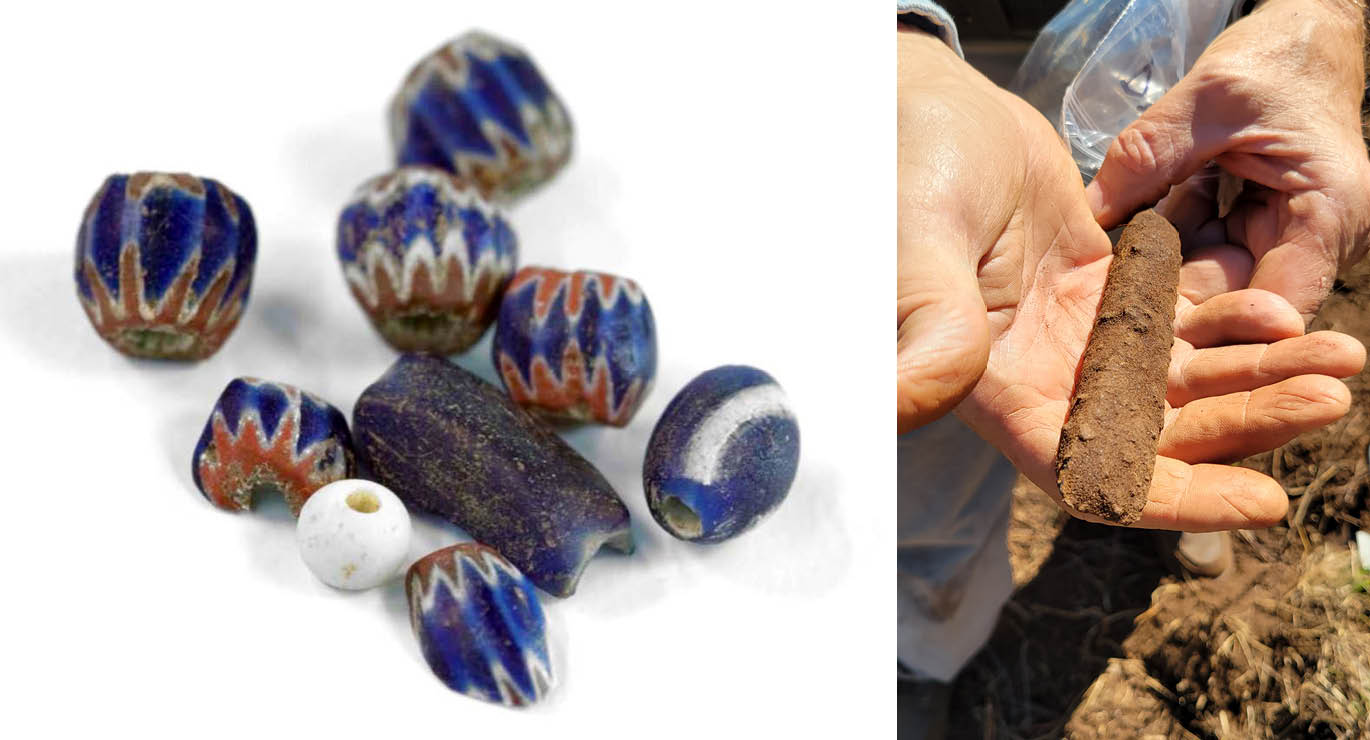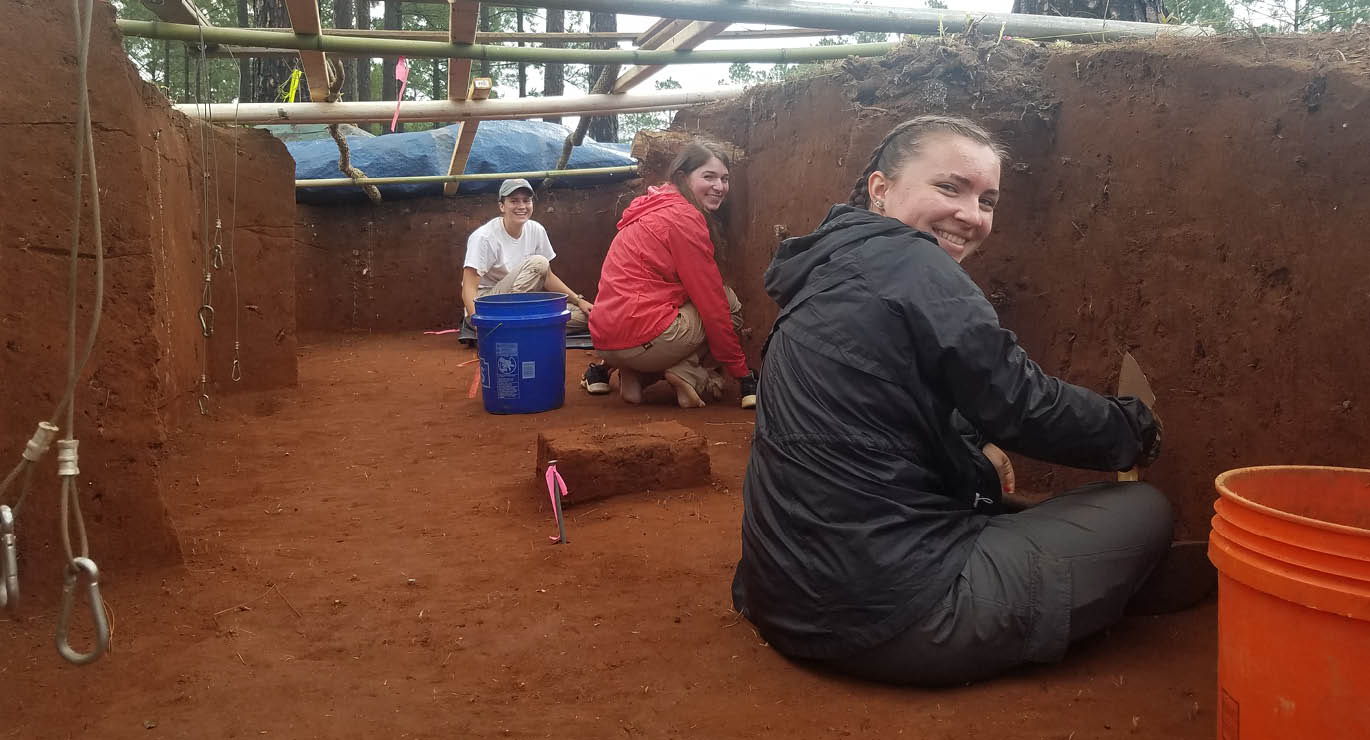May 29, 2025
Archaeological Evidence of Hernando de Soto in the Southeast
 Rare Venetian-made glass beads from the 1500s; Iron tool left by Hernando de Soto’s expedition
Rare Venetian-made glass beads from the 1500s; Iron tool left by Hernando de Soto’s expedition
Fernbank hosted an exclusive gathering of eleven senior archaeologists on May 15-18, 2025. Their mission: to make sense of evidence they are finding of the very first encounters between Native Americans and Spanish explorers. Those events, occurring in the 1500s – well before the likes of Jamestown and Georgians such as James Oglethorpe – are among the most important in our nation’s history. Yet, they are among the least understood. Because written records of the first European incursions into North America are so sparse and vague, it is left to archaeologists to tell a fuller story.
 Excavation into a Native American dwelling dating to the time of De Soto’s expedition
Excavation into a Native American dwelling dating to the time of De Soto’s expedition
This band of colleagues is on the case, making a burst of discoveries of very rare Spanish artifacts, including many in Georgia, in recent years. Over the course of three days, sequestered inside the museum, the visiting scholars examined finds, debated their meaning, and charted a path for future research. Four of the researchers, Dr. Dennis Blanton, Dr. Charles Cobb, Dr. Ashley Dumas, and Dr. James Night then emerged from their meeting to share what they know at the free public lecture: Three Stops on the Road to Ruin: Emerging Archaeological Evidence of Hernando de Soto’s Entrada through the Southeast (1539-1543).
 Glass Site in 2006
Glass Site in 2006
If you weren’t aware, Fernbank has been leading this archaeological research in Georgia for twenty years. Beginning in 2006, the museum undertook a series of expeditions in South Georgia in search of a lost Spanish mission dating to the early 1600s. In the process, the field work discovered, quite unexpectedly, even older Spanish artifacts. And since that time, museum-sponsored archaeology has found more of the rare objects at a different South Georgia location. Altogether, these Georgia finds are shedding new light on the expedition of Hernando de Soto, the infamous conquistador who gave his life to an expedition he led between 1539-1542.
Most importantly, the gathering of the Colonial Encounters Research Consortium that Fernbank hosted seeks to fit the Georgia findings into a bigger, regional picture. Doing so brings additional evidence from Alabama, Mississippi, Florida, North Carolina, and Arkansas to the table, as well as consideration of other Spanish expeditions and colonies. In short, the initiative marks an exciting moment in research about the history of the Southeast. The job is not yet done.









